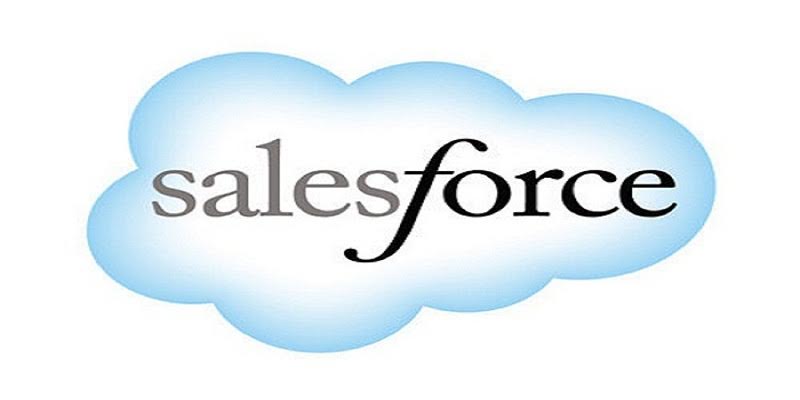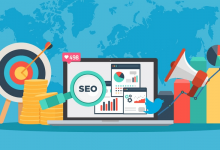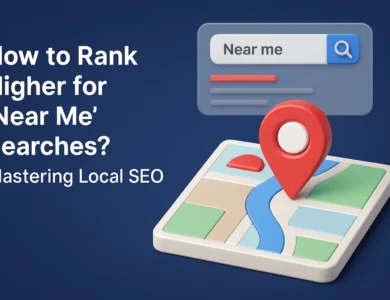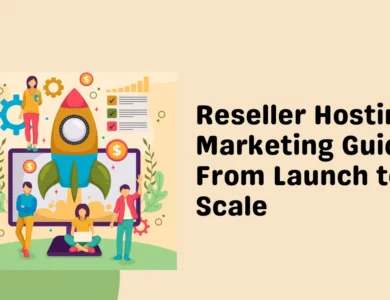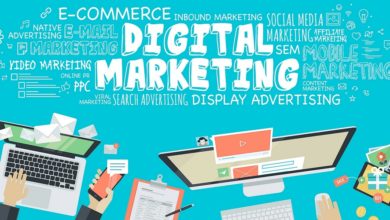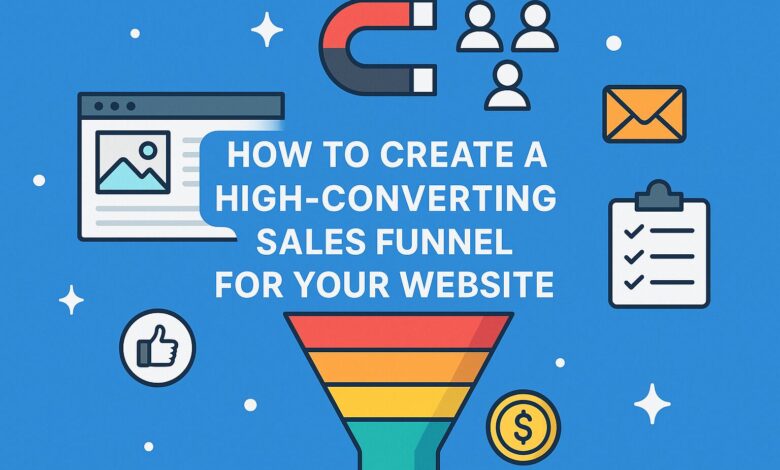
A sales funnel is the path every prospective customer must follow before making a purchase. It’s like an itinerary that converts a website visitor into a customer and, finally, a devotee. The funnel model enables you to create content and offers that assist in the decision-making journey of the buyer at each step.
As businesses build these funnels, they’re increasingly conscious of the overall cost, including the hosting price per year, when planning their digital infrastructure. Selecting the right web hosting plan becomes crucial, as the performance and reliability of the hosting directly impact the customer’s experience throughout the funnel.
The Four Key Stages of a High-Performing Sales Funnel
A funnel that captures sales cannot be automated; instead, it is designed to nudge prospects through four vital steps.
1. Awareness (Top of the funnel – TOFU)
This is the head of the funnel where the sales process begins. Customers find your site through social media, blogging, SEO, or paid advertisements. Here the focus is not on selling but rather on attracting interest that is bound to convert later.
Tactic: Use viral content, SEO-optimized blog posts, and other free resources to capture people’s attention.
2. Interest (Middle of the funnel – MOFU)
After the customer gets to know more about your product or service, they need to cultivate interest. Invite them; make it worthwhile for them to stay. Offering something eye-catching, such as newsletters or paid social media tools, enables you to get unique identifiers that give access to a user’s identity.
Tactic: Use webinars, email newsletters, eBooks, and free tools geared towards strategies like retargeting ads to gain attendees.
3. Decision (bottom of the Funnel – BOFU)
In this stage, users carefully contemplate whether the product or service is a good fit for them. This is your opportunity to persuade them on why you are their best pick.
Tactic: Aid the decision-making process using case studies, testimonials, product demos, and even proprietary pricing pages.
4. Action (also known as The Purchase)
The last step is where the prospect or lead now turns into a paying customer. You stand a higher chance of success if this step remains easy.
Tactic: Hone your checkout process, guarantee satisfaction, offer discounts, and create urgency (limited-time offers).
How to Build a Funnel With Maximum Conversions: Step-by-Step
Step 1: Identify your audience.
Without outlining the content or drawing up the landing page, you should know who it is that you are talking to. Make out their pain points, goals, and preferences, and then construct customer personas.
- Tip: Gain insights about your visitors using Google Analytics, heat maps, or customer feedback solutions.
Step 2: Create an Attractive Lead Magnet
Your lead magnet must be hard not to notice and gain the attention of the audience. Consider it a gift to resort to in exchange for an email address for joining your mailing list.
- Examples: Templates, checklists, papers, and discount codes.
Step 3: Enhancing Your Landing Page
As the first part of your funnel, consider your landing page as the highly focused entry point. Your page should be simple and engaging enough to spur action. Capture attention by focusing on the features of your offer while removing elements that lead the audience elsewhere.
- Primary Features: Attention-grabbing title, persuasive social proof content, purpose-focused testimonials, and strong calls to action (CTAs); eye-catching CTAs.
Step 4: Set With Email Sequencing,
Your work does not stop once you capture a lead. Capture users with email marketing. For maximum results, start with welcome emails, and then recipients will receive educational material to help build trust through a campaign that will ultimately lead to a purchase.
- Automation Systems: For those looking to automate a sales funnel, these platforms are ideal: ConvertKit, Mailchimp, or HubSpot.
Step 5: Re-Target Using Ads.
Keep in mind that not everyone will convert in the initial phase, which is why using retargeting ads to bring them back is essential.
- Focus: The ideal platforms to use here are Facebook Pixel and Google Ads remarketing.
Step 6: Improve, Test, and Optimize
You cannot simply say a sales funnel is done. Consider A/B testing. You’ll want to do this for your landing pages, emails, CTAs, and lead magnets to see which yields the best results.
- Metrics to watch: Look for tracking metrics, sales conversion rate, bounce rate, email open rate, and customer acquisition cost (CAC).
Tools to Help You Construct & Automate Your Funnel
- ClickFunnels—a drag-and-drop funnel builder with templates
- Leadpages—an intuitive landing page builder with proven high-converting templates
- Mailchimp—an email list management and automation tool.
- Hotjar—an app for understanding user behavior by tracking their movements on the web page through heatmaps.
- Google Optimize—a testing tool for websites that allows A/B testing
Real-World Scenario: Funnel In Use
Let’s say your niche is an online fitness coaching website.
- TOFU: A blog post titled “10 Quick Workouts for Busy Professionals” that ranks on Google.
- MOFU: The post offers a free “Weekly Workout Planner” in exchange for their email.
- BOFU: After subscribing, you send them a case study email showcasing your client who lost 10 pounds in 30 days.
Action: The email has a strong call to action to a personalized training plan purchase page with a 20% discount for a limited time.
And the result? A successful funnel that does not seem forced but rather personalized.
Conclusion
The journey of your ideal customer is incredibly important. Do research and map out a more supple funnel where they take the subsequent calls to action without much friction. This is why tracking every single step in the sales funnel is crucial, especially with big data. This won’t solely add a great deal of return on investment, fiduciary-wise, but will also streamline the funnel-building process.
Your website won’t just attract traffic—it’ll turn visitors into loyal, paying customers.
Now’s the time to funnel your efforts toward real results.
